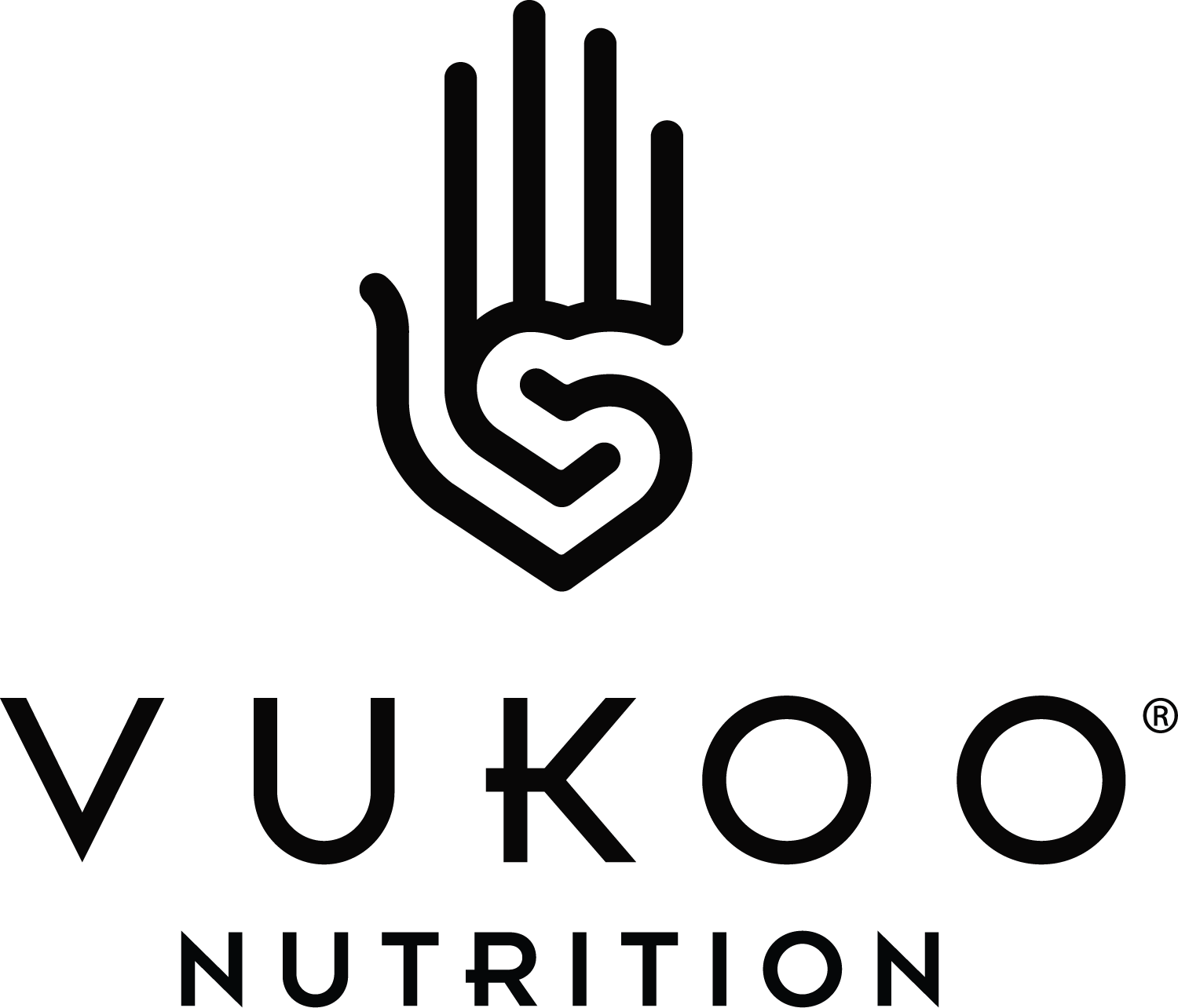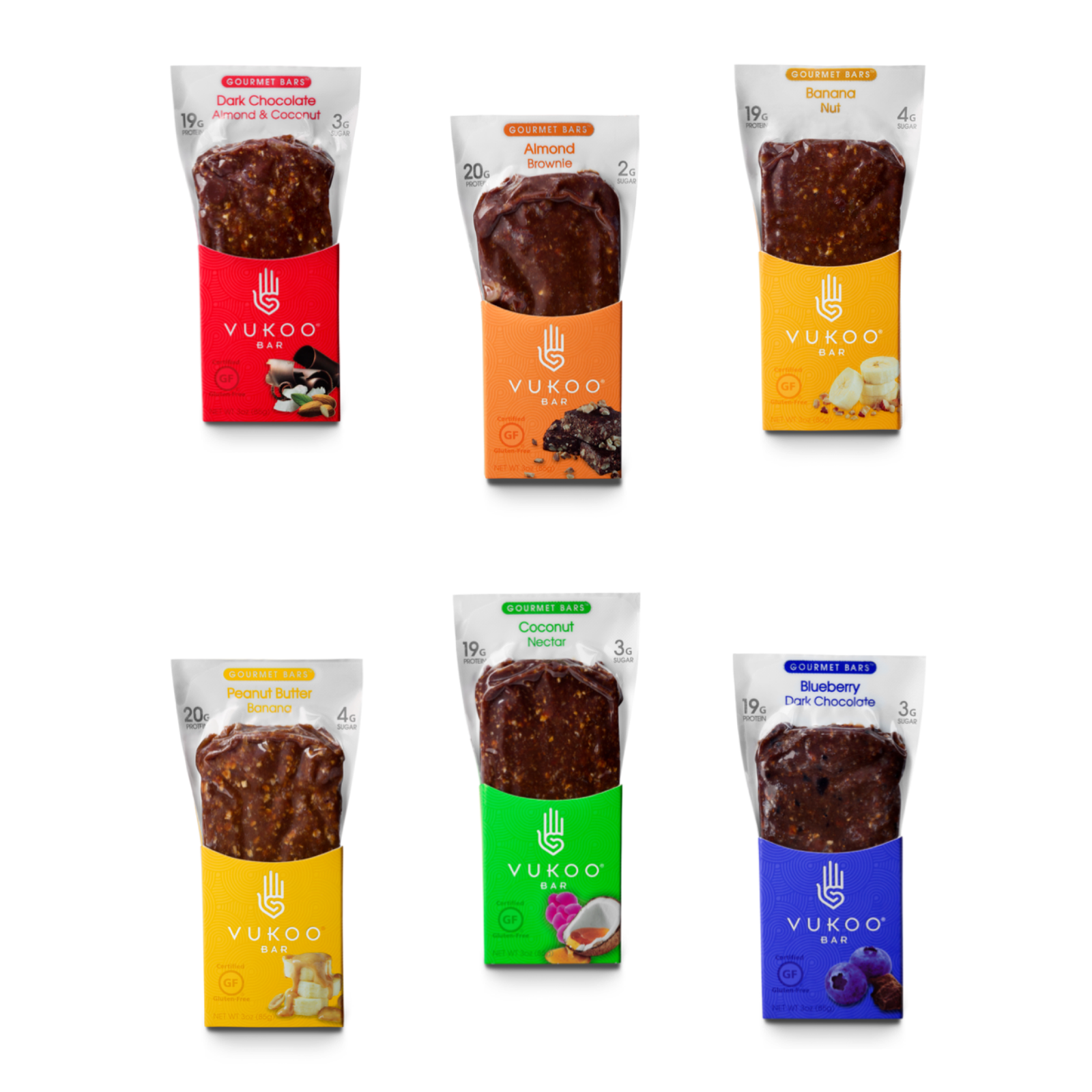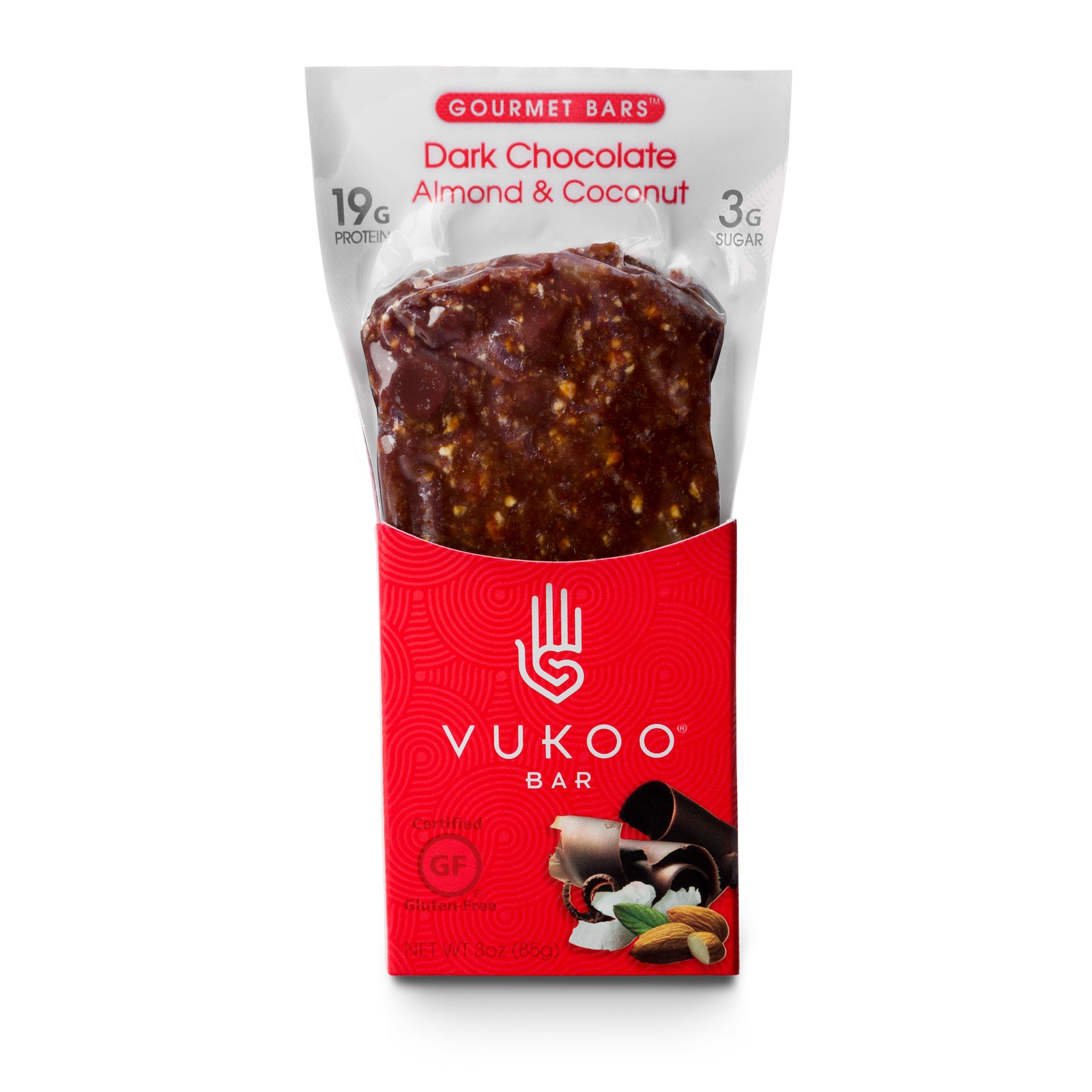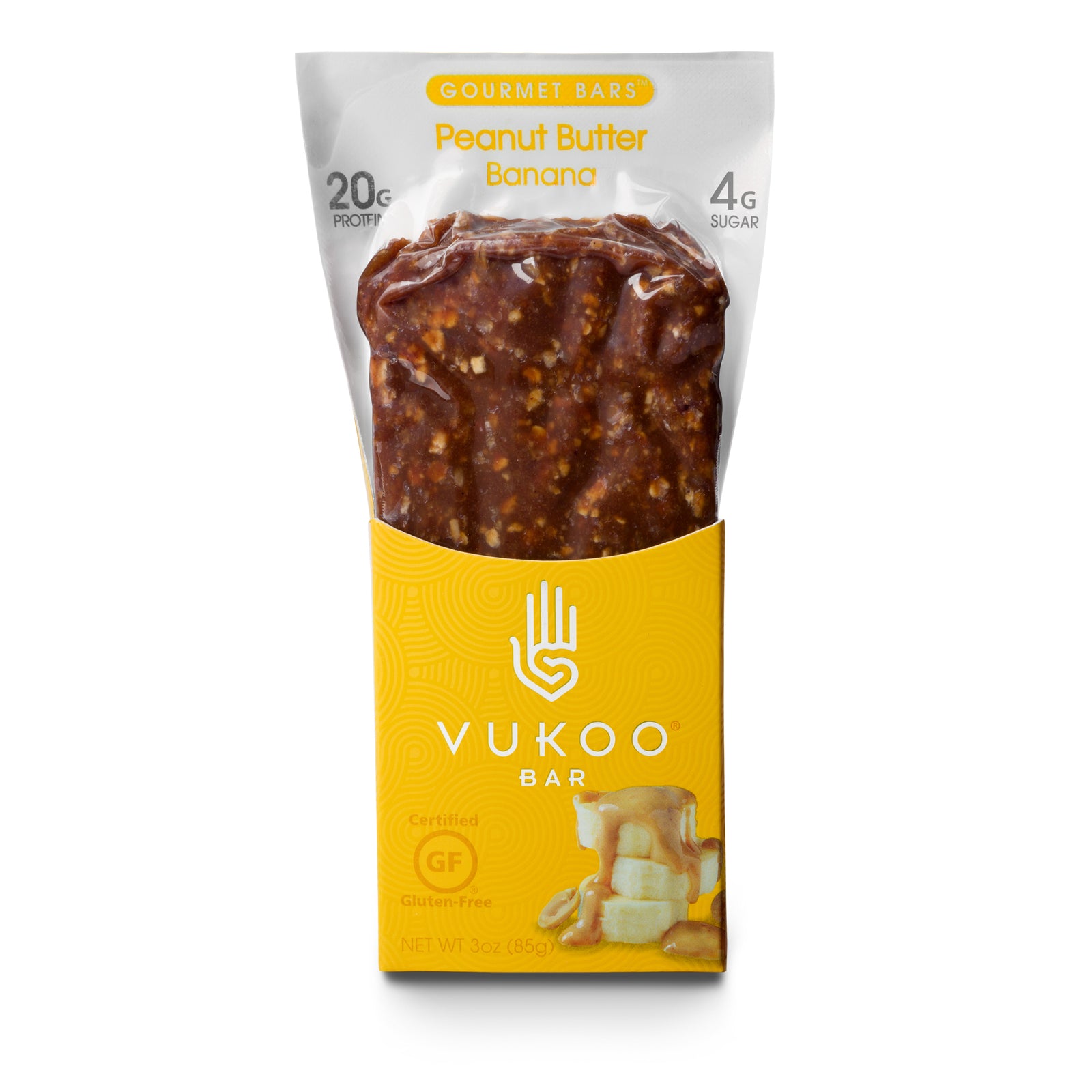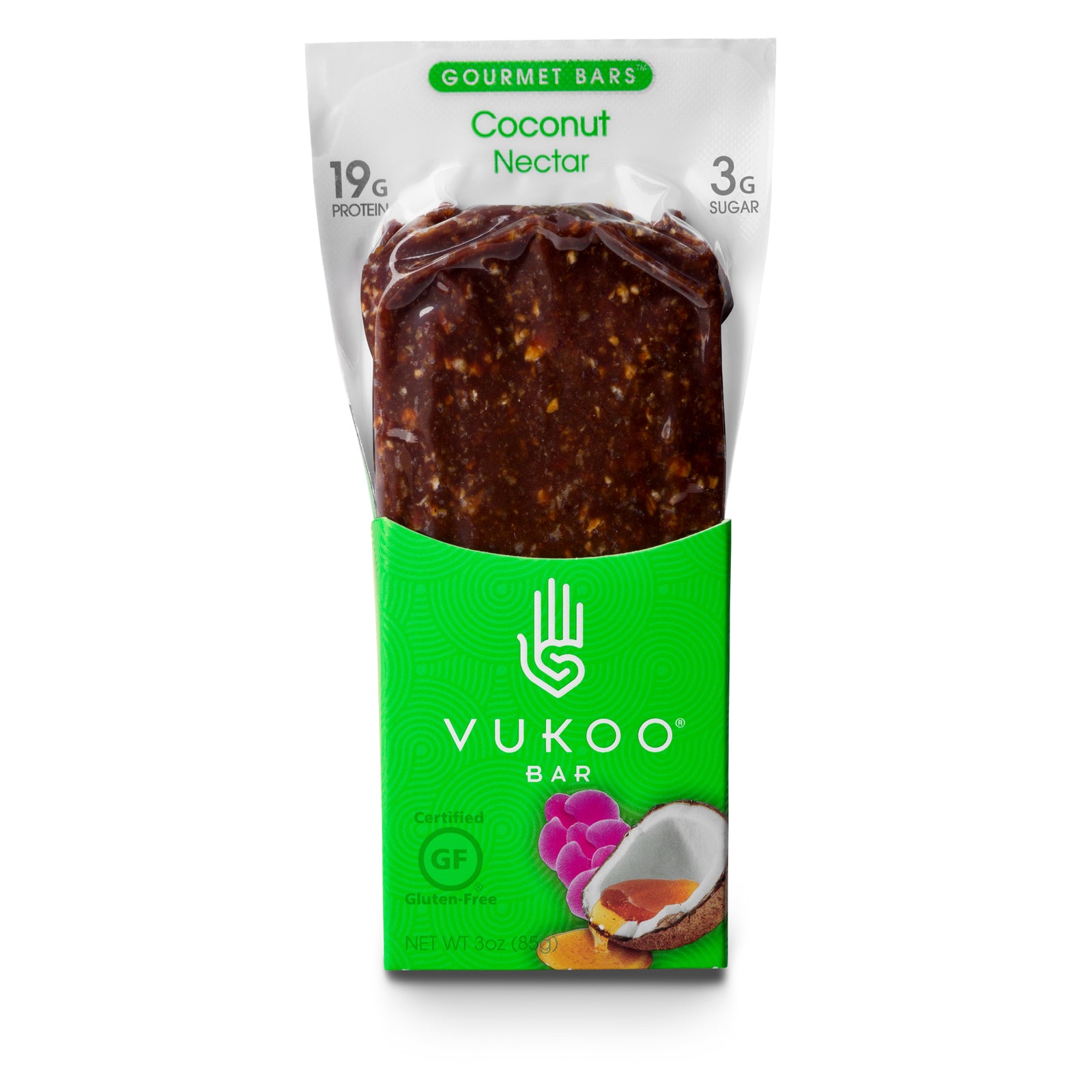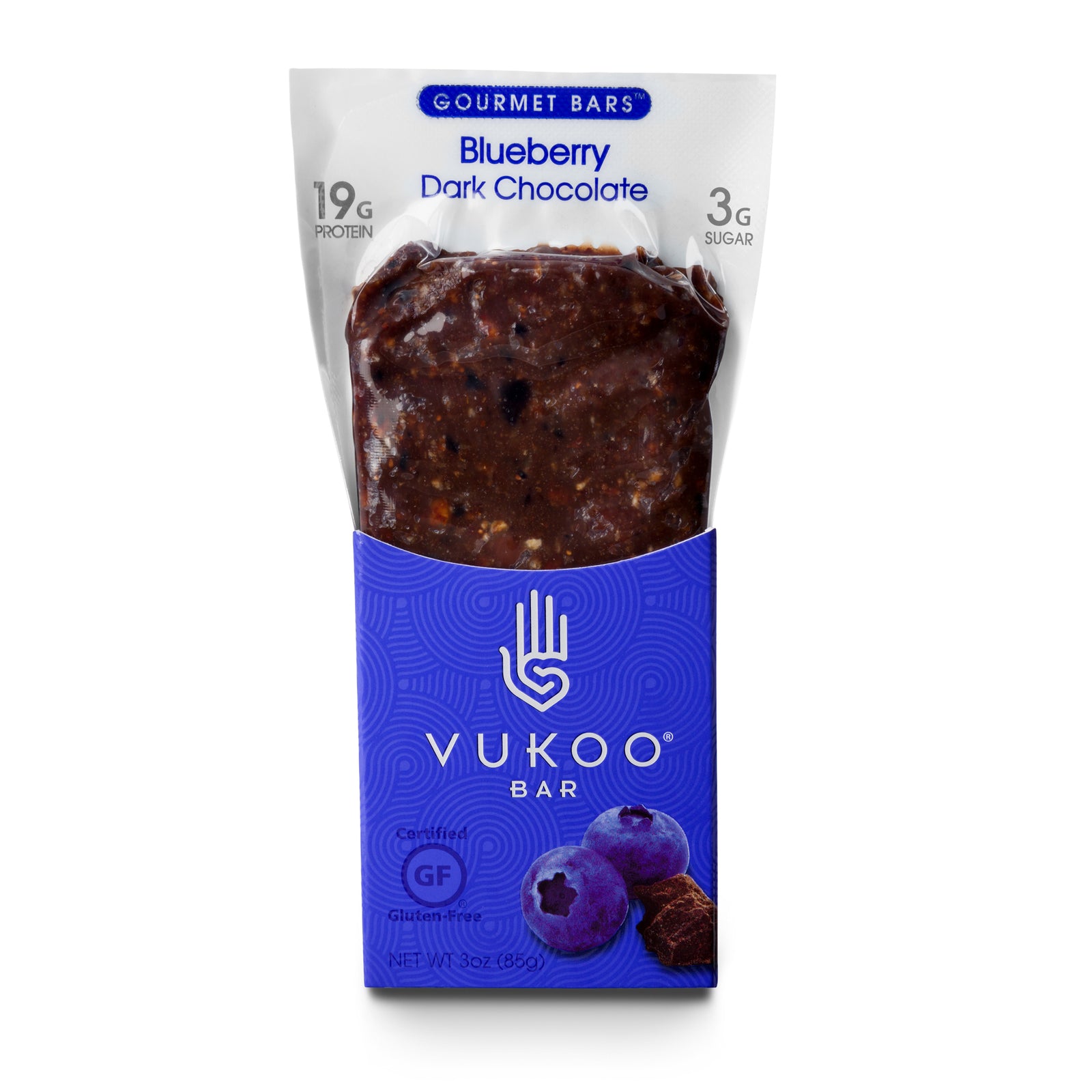
Ever wondered about the term active recovery? It's a common saying in the fitness industry. Talk to just about any personal trainer, and they'll recommend at least one rest or recovery day a week—especially when you're training hard in the gym. But what does active recovery actually mean? Is it a day to Netflix and chill? Should we stay in bed and sleep all day? Unfortunately, no.
Active recovery, according to Men's Health, "calls for low-intensity exercise and movements [and] is a popular and scientifically proven way to expedite the process which the body returns back to pre-training levels of function and performance."
Plainly put, active recovery means keeping your body moving, even when you're not actively training or engaging in intense workouts. It's an important part of fitness because it keeps your muscles from stiffening up and further prevents potential injuries when you do have intense workouts. It also speeds up the rebuilding process for your muscles.
There are other benefits to active recovery, too. For example, it's a great time to work on form and posture. As you won't be lifting heavy or engaging in intensity training, it's an ideal window for focusing on small muscle movements and how you hold your body throughout different exercises.
Active recovery is generally something you want to incorporate into your fitness schedule at least once a week. For us, we prefer weekends as this is when we'd rather go on short hikes, practice yoga, or play sports in the park with friends (at a safe distance, of course). Activities like tennis, swimming, riding your bike, and even walking are all forms of active recovery—as are low-impact exercises.
How do you practice active recovery throughout the week? We'd love to hear about your favorite activities on Facebook or Instagram!

